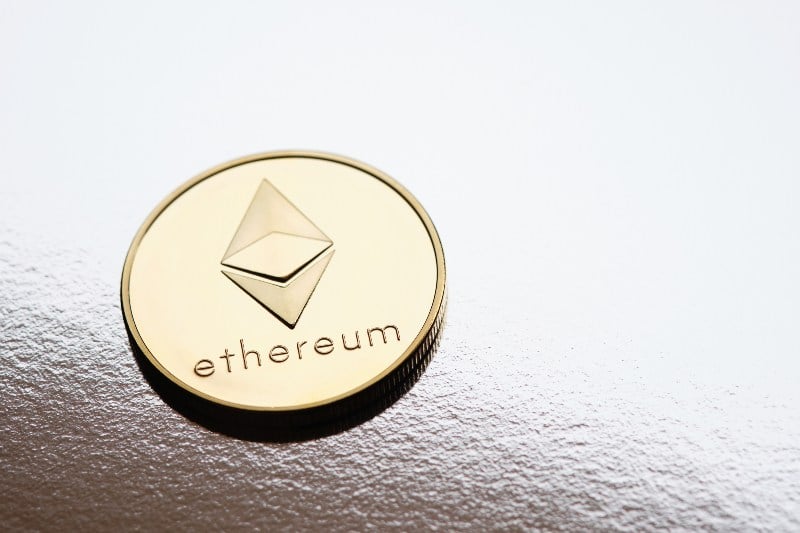“Multidimensional EIP-1559”, that’s the name of Ethereum’s new proposal to overcome its problems of too-high transaction fees.
גרינדער וויטאַליק בוטערין זיך שפּיזל about it in a בלאָג פּאָסטן two days ago. He is evidently feeling the pressure from those who continue to consider the fees on the Ethereum blockchain network too high.
The problem of fees on Ethereum
The growing success of alternative blockchains to Ethereum, such as סאָלאַנאַ, קאַרדאַנאָ און לאַווינע, which have much lower transaction costs, is making the Ethereum blockchain increasingly unattractive to developers and start-ups.
The problem of high costs is said to be mainly due to the slowness of the network. Ethereum is only able to process 15 transactions per second (Solana just to give an example can process 1000 per second), and therefore gas fees inevitably tend to increase when the network is congested.
On 9 November, the average network transaction fee was $62 per transaction. In December, Ethereum’s transaction fees averaged about $44 USD, according to BitInfoCharts.
דזשאָו לובין, co-founder of Ethereum and CEO of Consensys, had tried to justify the high costs of the blockchain in December by calling them a sign of its success:
“High gas fees are a measure of success. They’re a growth pain, they’re something that can’t be avoided. When a new technology becomes successful, it always has scaling issues. So whether it’s CPU cycles, or screen real estate, or memory, you’re basically going to have software engineers max out the capabilities of the technology. And it turns out we’re seeing consumers max out the capabilities of the technology”.

Ethereum network upgrades
But evidently, this thesis must not have convinced Buterin too much either, who, after launching the new פייַל גלאַסיער update, which by relying on the Proof of Stake system should significantly reduce fees, is trying to launch this new proposal to exploit the network more efficiently and economically.
In November Buterin launched the EIP-4488 update to reduce network fees, but this was a short-term fix and not a solution. However, this new proposal should solve the problem of excessive network congestion, thereby reducing transaction costs.
Buterin stated in the post:
“The scheme we have today, where all the resources are combined into a single multidimensional resource called ‘gas’, does a poor job”.
The EIP- 1559 project considers the fact that each transaction within the network requires a different amount of gas, thus simplifying Ethereum’s pricing structure by determining different gas costs based on the specific use of the gas.
The new fee structure would result in a more equitable cost allocation scheme, allowing users to spend less money on a variety of activities such as minting, calldata transactions and other activities.
עיפּ -1559 איז באפרייט ווי part of the London Hard Fork in August. It provides for a basic fee on transactions to make fees more predictable (it previously used a bidding system). But doubts remain as to whether it will actually be a solution. Many think that perhaps only the new פייַל גלאַסיער upgrade, which is expected to be operational from June 2022, could actually make the blockchain more sustainable, affordable and scalable.
Source: https://en.cryptonomist.ch/2022/01/10/new-multidimensional-fee-ethereum-structure/
